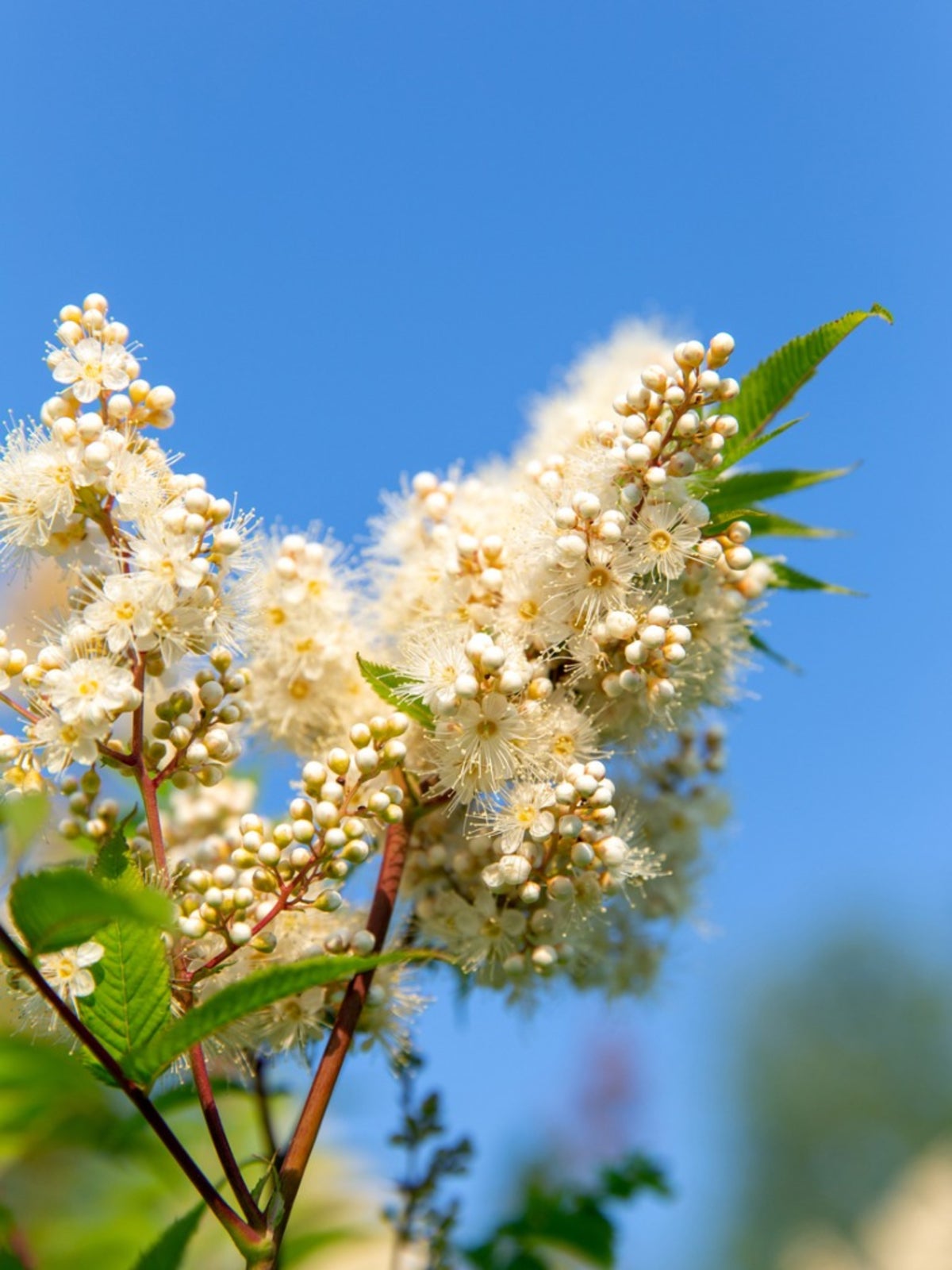Amur Chokecherry Information – How To Grow Amur Chokecherry Trees


Attention bird lovers! Do you want to attract songbirds to your yard? If so, you may want to add an Amur chokecherry (Prunus maackii) to the landscape. Not only does Amur cherry provide food and shelter to birds and other wildlife, it also makes a beautiful specimen tree, with four seasons of interest. What is an Amur cherry? Read on for the answer, as well as tips on growing Amur chokecherries.
Amur Chokecherry Information
Commonly known as Amur chokecherry, Amur cherry, or Manchurian cherry, these trees provide food and nesting sites for robins, thrushes, grosbeak, woodpeckers, jays, bluebirds, catbirds, kingbirds, and grouse. In the wild, the berries are also eaten by chipmunks, squirrels, skunks, foxes, deer, bear, and moose. Chokecherries are also edible to humans and are used in jams and jellies. Amur chokecherries provide four seasons of interest in the landscape. In midspring, the tree is covered in fragrant white flowers, which also attract pollinators to the garden. The blooms are followed in summer by the black colored berries that birds and other wildlife find irresistible. In autumn, Amur chokecherry’s medium green foliage turns a bright yellow. Although this foliage drops earlier than most other trees, Amur chokecherry has one last beautiful feature to add to the landscape. In late fall through winter, the tree’s curling, peeling bark is most visible and takes on a metallic bronze-copper color that stands out brilliantly against the winter snow and gray skies. This bark was described by the University of Florida’s IFAS Extension as “one of the most attractive bark features of any tree in North America.”
How to Grow Amur Chokecherry Trees
Amur chokecherry is hardy in zones 3 to 6. They prefer to grow in full sun but can tolerate part shade. Amur cherry can adapt to clay, sand, loam, slightly alkaline, or acidic soils. They are also drought tolerant once established and are moderately tolerant of salt spray. As young trees, Amur cherry is pyramidal in shape, but they become more rounded and fuller with age. When growing Amur chokecherries in the landscape, it may be necessary to prune off lower branches to make the trees more “tree” shaped and less shrubby. Pruning to shape should be done in winter while the tree is dormant. One slight downfall to Amur cherries is that they form shallow, lateral roots. When planting Amur chokecherries, it is best to plant them 20 to 25 feet (6-8 m.) out from any cement or brick sidewalks or patios. In the right site and with proper care, an Amur cherry can grow into a lovely 20 to 30 foot (6-9 m.) tall and wide specimen tree.
Gardening tips, videos, info and more delivered right to your inbox!
Sign up for the Gardening Know How newsletter today and receive a free copy of our e-book "How to Grow Delicious Tomatoes".
-
 Types Of Tomatoes Explained: Explore The Many Wonderful Shapes, Colors, Flavors, & Best Uses
Types Of Tomatoes Explained: Explore The Many Wonderful Shapes, Colors, Flavors, & Best UsesThe world of tomato varieties is vast and fascinating. Learn about the key types to grow in your garden, tailored to your preferences and space.
By Amy Grant
-
 Try The Trend – Turn Any Bed Into A Keyhole Garden With This Clever In-Ground Composter
Try The Trend – Turn Any Bed Into A Keyhole Garden With This Clever In-Ground ComposterKeyhole gardening is an efficient and sustainable practice that saves space. Get started on this DIY project quickly and easily with an in-ground composter.
By Bonnie L. Grant
